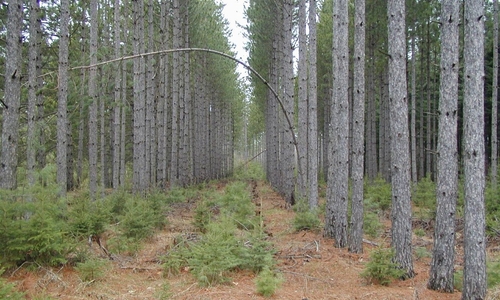Climate and weather
Minnesota Climate Adaptation Partnership
Increasing climate resilience through research, collaboration and communication
Extreme weather resources
Find Extension resources about the latest extreme weather threats, including safe clean up and lawn repair after a flood.
Minnesota WeatherTalk
A weekly blog of Minnesota climate and weather observations




